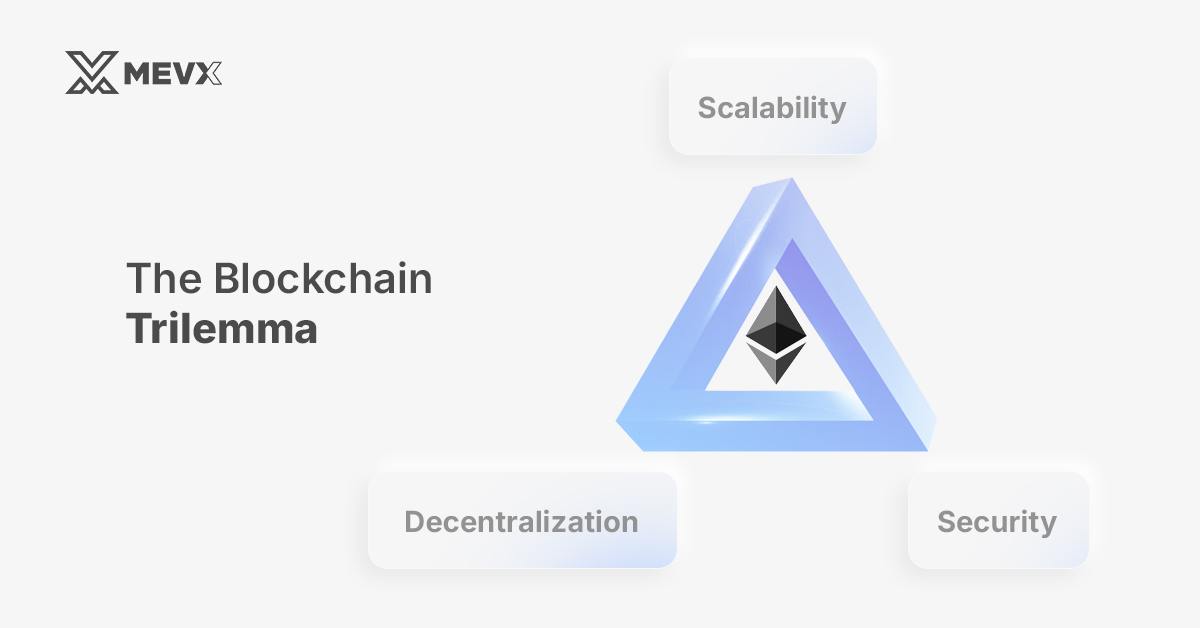Main Takeaways
- This article covers what the Ethereum Layer 2 is.
- It also mentions types of Layer 2 solutions and leading platforms.

Ethereum Layer 2
Introduction
Ethereum is one of the most popular blockchains, with thousands of users minting NFTs, trading on decentralized exchanges, and interacting with smart contracts. Great popularity means great challenges: high fees and network congestion. Ethereum Layer 2 solutions were designed to address those issues by offering better speeds and lower costs, thus making the network viable. We will cover in this article what Layer 2 is, what types of solutions exist, and which platforms lead the way with this scaling approach.
What is Ethereum Layer 2?
Ethereum Layer 2 refers to networks built on top of Ethereum’s main blockchain (Layer 1) to help it process more transactions at lower costs. Think of Layer 2 solutions as high-speed express lanes connected to Ethereum, easing traffic on the main highway and allowing more affordable and faster transactions.
For example, if Layer 1 handles all Ethereum’s transactions directly, Layer 2 solutions take some of this activity “off-chain” (outside the main network) and then summarize the data back to Ethereum. This way, the main chain stays less congested, and users benefit from quicker, cheaper transactions.
The Blockchain Trilemma
A well-known challenge in blockchain development is the “blockchain trilemma,” which involves balancing security, scalability, and decentralization. Many blockchains struggle to achieve all three simultaneously:
- Scalability allows the network to process many transactions.
- Decentralization keeps control spread across many participants.
- Security ensures the network is resistant to attacks.
Improving one of these factors often sacrifices another. Ethereum’s Layer 2 solutions are designed to balance these trade-offs by moving transactions off-chain while relying on Ethereum for security, thus addressing scalability without sacrificing security or decentralization.
The blockchain trilemma
Types of Layer 2 Solutions
A range of Layer 2 solutions have been developed to scale Ethereum. Each makes a different balance of trade-offs between speed, cost, and security:
- State Channels: These are supposed to allow users to conduct direct transactions with each other off-chain and post its final state back onto Ethereum. This reduces on-chain traffic, thus making the transactions quicker and cheaper. A couple of examples are Raiden Network and Connext.
- Rollups: These bundle transactions into one on Ethereum to reduce congestion. There are two main variants of rollups:
- Optimistic Rollups assume transactions are valid unless proven otherwise, allowing faster processing. Popular examples are Optimism and Arbitrum.
- Zero-Knowledge (ZK) Rollups use cryptographic proofs to verify transactions without requiring all transaction data, adding privacy and speed. zkSync, Loopring, and StarkWare use this approach.
- Plasma: Plasma chains are mini-blockchains that process transactions independently and periodically settle back to Ethereum. This method reduces network load while keeping Ethereum’s security as a backup. Plasma examples include OMG Network and Loom Network.
- Hybrid Solutions: Some Layer 2s, like Validium, combine features from multiple approaches to handle transaction load and optimize performance.
Leading Ethereum Layer 2 Platforms
Among Layer 2 networks, there are some features for their performance and popularity:
Optimism and Arbitrum: These solutions are popular for being optimistic rollups that reduce transaction fees highly and increase transaction speed. Optimism provides simple work for developers, while Arbitrum becomes great for its strong infrastructure and enhanced security.
zkSync and StarkNet are the new stars in the Layer 2 ecosystem, since these solutions—Zero-Knowledge Rollups—enable privacy features and cryptographic transaction validation. Built by Matter Labs, the former is getting widely adopted by the DeFi space, while the latter touts its security.
Layer 2’s Market Adoption and Metrics
Layer 2 networks are measured by factors such as total value locked (TVL), which represents the funds in a network, and the number of transactions processed. For example:
Arbitrum has a strong lead in total Ethereum bridged (funds moved to the Layer 2 network).
Optimism, although closely following Arbitrum in TVL, also has a significant user base.
zkSync and StarkNet are newer but are being adopted for their unique features, especially in applications needing enhanced security and privacy.
Conclusion
Layer 2 solutions provide a key path toward the future of Ethereum because they can scale the network while solving the trilemma. Using state channels, rollups, and plasma, among other technologies, allows Ethereum to support more users and applications without sacrificing security or decentralization when deploying the solutions on Layer 2. Among the developing landscape of Layer 2, Optimism, Arbitrum, zkSync, and StarkNet are leading platforms that will develop a scalable and accessible Ethereum ecosystem.
Share on Social Media:

